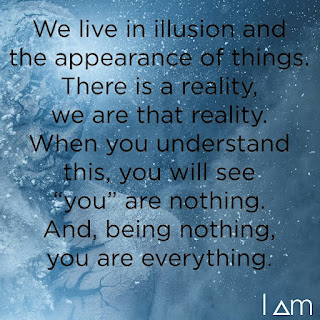Why is Energy Worshipped as Feminine?

Photo Credit: Quora Why is Energy Worshipped as Feminine? In the world of spirituality and religion, energy is often personified and worshipped in the form of a goddess or a feminine entity. This is a tradition that spans across various cultures and civilizations, and it raises the question: why is energy associated with the feminine principle? Energy, in its most fundamental form, is a powerful and creative force that flows through the universe. It is the essence of life, the driving force behind all existence. This energy is considered to be the source of all creation, preservation, and destruction in the cosmos. The feminine principle, often associated with the goddess, represents the nurturing, creative, and life-giving aspect of divinity. It is a symbol of fertility, compassion, and the power to bring forth life. This principle is closely aligned with the concept of Shakti in Hinduism, which embodies the dynamic, creative, and transformative energy of the universe. T...










